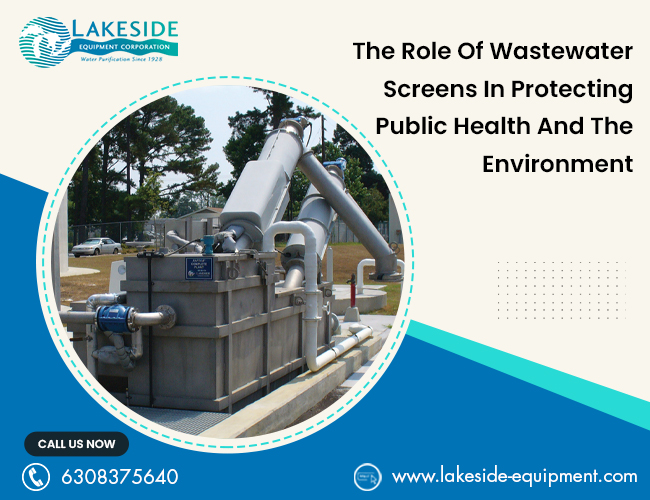Revealing The Secrets Of Wastewater Clarification!
In order to keep our ecosystem healthy and sustainable, wastewater treatment is essential. Wastewater clarification, which entails the removal of pollutants and particles from wastewater to enable its safe release or reuse, is an essential phase in this process. We'll look into the tricks to efficient wastewater clarifying in this blog post, as well as how it affects the total wastewater treatment procedure.
Understanding Wastewater Clarification
Sedimentation, another name for wastewater clarification, is a physical procedure that removes suspended materials from water. Typically, a wastewater clarifier, which helps solids settle through gravity, is used to do this. The clarifier enables the clarified water to advance to the following step of treatment while allowing the heavier particles to settle at the bottom.
The Role of Wastewater Clarifiers
In the treatment process, wastewater clarifiers are essential in removing both organic and inorganic materials from the wastewater. Oils, grease, suspended particles, and other pollutants that can lead to pollution or obstruct further treatment procedures are successfully removed by these devices. Wastewater clarifiers deliver a clear effluent that is suitable for additional treatment by utilizing a variety of methods, including filtration, flotation, and sedimentation.
Types of Wastewater Clarifiers
Each type of wastewater clarifier is created for a particular application and set of treatment needs. Clarifiers of the following sorts are frequently used:
- The most established and popular clarifiers are gravity clarifiers. They rely on gravity to settle the solids, with the clearer water rising and the heavier particles sinking to the bottom.
- Upflow Clarifiers: The water enters an up-flow clarifier from the bottom and flows upward. The clarified water spills from the top as a result of this movement, which also causes the heavier particles to settle.
- Dissolved Air Flotation (DAF) Clarifiers: DAF clarifiers separate and float solids using tiny air bubbles. The suspended particles might rise to the surface for removal after the bubbles cling to them.
Enhancing Wastewater Clarification
Several techniques and technologies can be used to increase the effectiveness of wastewater clarifiers.
- Chemical Coagulation: To improve the agglomeration of small particles and speed up the settling process, coagulants like aluminum sulfate or ferric chloride can be added to the wastewater.
- Flocculation: To encourage the production of bigger particles known as flocs, flocculants such as polymers are added after coagulation. The clarifying process is improved by the quicker settlement of these flocs.
- Advanced Filtration: Using advanced filtration techniques, including membrane filtration or multimedia filters, can assist remove finer suspended materials and improve the clarity of the water.
Importance of Effective Wastewater Clarification
Effective wastewater clarity is crucial to the overall process of treating wastewater. In order to:
- Reduce the amount of contaminants dumped into water bodies to protect the environment.
- Create a cleaner, more tame effluent stream to aid in the subsequent treatment procedures.
- Assist in water resource recovery and repurposing, which helps water conservation efforts.
End Note
Prior to further processing, contaminants and sediments must be removed from the wastewater through the crucial step of clarifying. Our ability to increase the effectiveness of the clarification process will lead to cleaner water and a better environment. Let's keep looking at fresh approaches and plans to enhance wastewater treatment and protect our limited water supplies.



